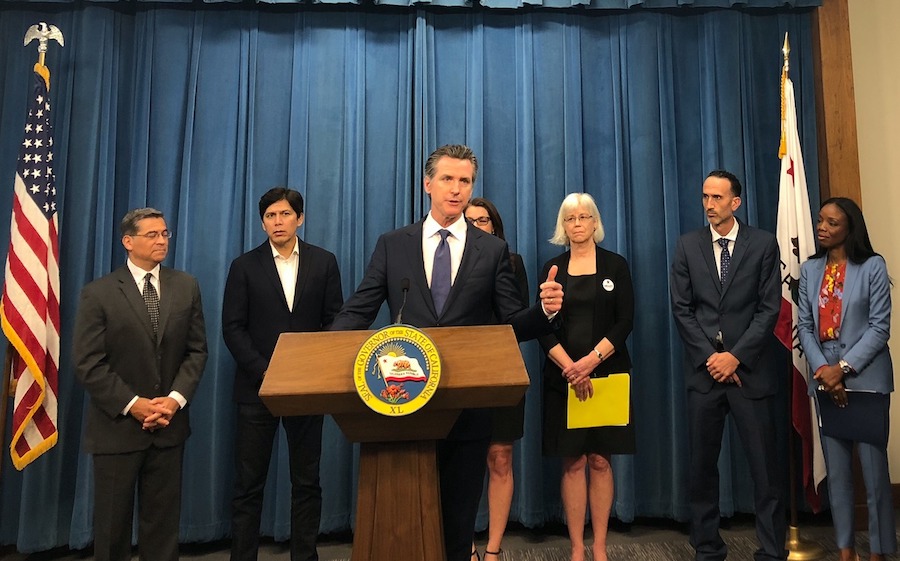It’s beginning to look like the hosannas that greeted California’s first-ever groundwater regulation law were a tad premature when it passed late last summer.
For after a tantalizing winter of heavy rains but insufficient snowfall to dent the state’s four-year drought, confusion over the groundwater rules has begun to set in.
One thing for sure: The rain and snow of the just-concluding winter have not been nearly enough to begin recharging California’s more than 100 significant aquifers. These have been pumped without regulation for many decades, to the point where land subsidence has become highly visible in the San Joaquin Valley and some other areas.
The new law’s rules sounded just fine – until someone happened to look at the time limits. The rules are set up to force water agencies to design local regulations preventing further overdrafts, an overdraft defined as pumping more water from underground than percolates down to replace it. The state will review all such plans and take over regulation if locals don’t enforce their new restrictions.
Sounds great, and it might improve matters 25 years from now if there’s anything left in those aquifers. There had better be: California gets almost 40 percent of its current water supply from underground, and a California with little groundwater would have to cuts its population considerably.
But there are no guarantees, partly because local water authorities have until the end of next year merely to decide who controls ground water in each area – this could be county supervisors or irrigation district officers or just about anyone. Whoever gets jurisdiction will have five to seven more years to design plans creating sustainability – a balance between pumping and replenishment. After that, they’ll have 20 years to put the plans into action.
So it might be about 30 years before the rules have any detectable effect, and at current pumping rates, there would be little or no groundwater left by then. Which means this law has never had teeth. Nor, after lobbyists for ground water users got through with the Legislature, was it intended to.
It’s all been happy talk all along.
But even that is now dissipating. While the choice of agency to control ground water has been easy and obvious in some areas like the Coachella Valley of Riverside County, which sits atop a gigantic underground lake, disputes are rising elsewhere.
Canal districts want control in some areas, but so do nearby irrigation districts. In some places, county supervisors want control, even though aquifers never conform to political boundaries or property lines. In some cases, more than one water agency’s boundaries cover parts of a single aquifer. In others, water agency lines cover more than one source of underground water.
So power struggles are now in nascent phases, with some officials nonplussed. “I expect we’ll coordinate to share basins with other districts,” says one water manager. “But we’re unsure how to do that.” And the new law doesn’t spell out patterns to follow, another of its multiple flaws.
None of this, of course, prevented farm area lawmakers from opposing the weak new law while it was under consideration. Their shortsighted obstructionism has made that law practically unworkable even before it’s supposed to get started.
So this law is both ludicrous and worthy of satire, except that the continuing depletion of aquifers is no laughing matter.
Which means it’s time for the Legislature to get back to work, if lawmakers are capable of that.
The timetable needs to be cut from 30 years down to no more than five. There must be a mechanism to create new groundwater agencies if existing districts can’t resolve disputes.
And there needs to be far more reliable information on the exact amount of water in each basin. Failure to do any of these things will surely produce a far more severe disaster than the current drought – unless Mother Nature intervenes with several years of much heavier rain and snow than California has seen in decades.












